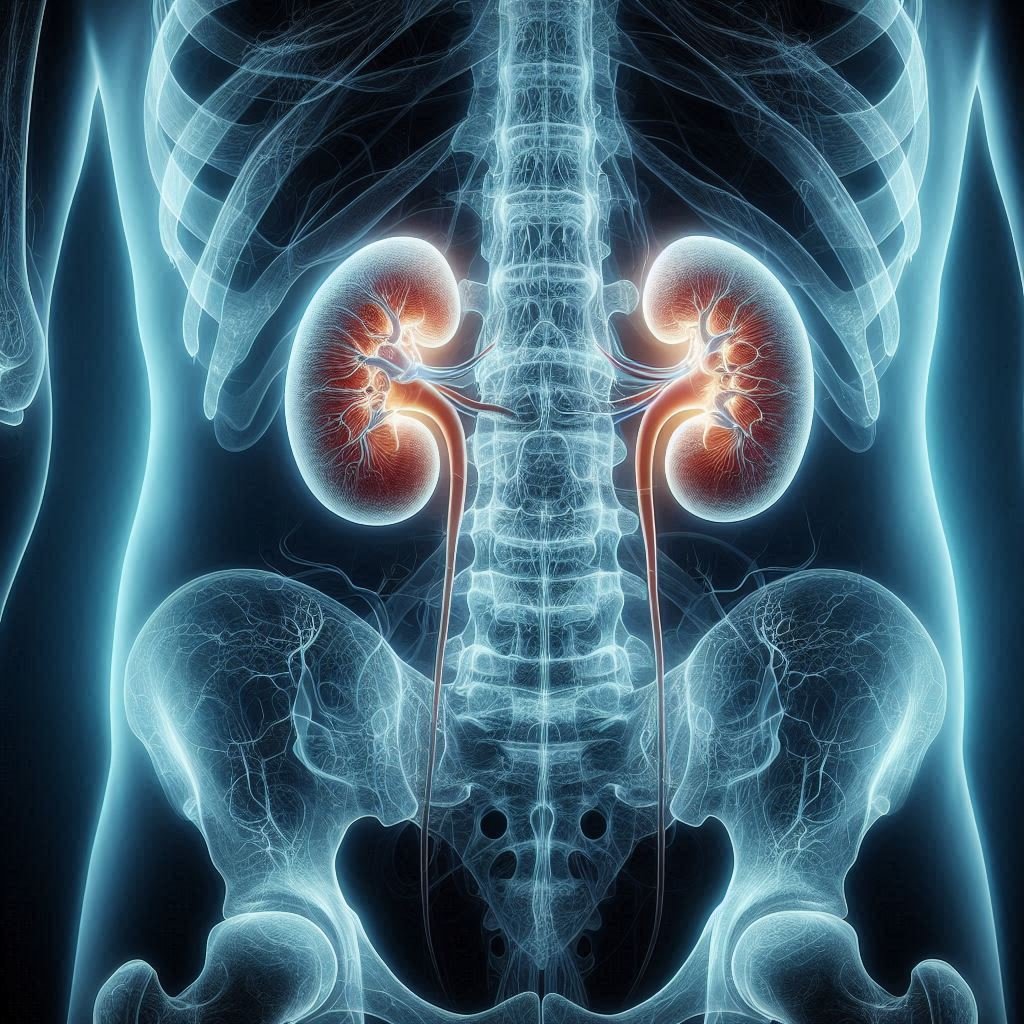
Nephrogenic Systemic Fibrosis (NSF) is a rare disease that tends to attack patients with previous and severe kidney issues. This disease has been linked to a chemical known as gadolinium which is used in some dyes that are utilized by doctors conducting Magnetic Resonance Imaging (MRIs). The main symptom of NSF is the sudden development of skin lesions on the bodily appendages. After a while, the skin hardens which can prevent patients from doing simple daily tasks and even walking. When the patient has reached this stage of the disease, they can be wheelchair bound within weeks. Additionally, the internal organs get scar tissue buildup which handicap the functions, eventually causing death.
Scientists have strongly associated NSF with the use of a chemical called gadolinium — a dye injected to make blood vessels easier to see in magnetic resonance imaging and magnetic resonance angiography (MRI/MRA) tests. Studies have found that more than 95% of American NSF patients have been directly exposed to gadolinium. In response, the U.S. Food and Drug Administration has already ordered a “black box” warning on the label of the dye, and research is underway to confirm the connection. Preventive Measures
Unfortunately, the best treatment for NSF is still prevention. The FDA has issued guidelines three times since June of 2006, each strongly suggesting that doctors avoid using gadolinium in patients with moderate to end-stage kidney disease. More specifically, the agency has strongly suggested that doctors avoid using gadolinium for MRIs or MRAs in patients with chronic or severe renal insufficiency (kidney failure), with a glomerular filtration rate at or below 30 milliliters a minute; or in patients with any level of kidney dysfunction caused by liver problems. Doctors are not prohibited from using the dye with these patients, but are strongly advised against it unless they truly need it to make a diagnosis. Even then, they are asked to make sure they do not use more than the recommended dosage. Also, the FDA has asked doctors to consider sending these patients for dialysis as soon as possible after the MRI.
Experimental Treatments
Currently, there is no consistently successful treatment for NSF. In fact, the disease is so new — it was first identified in 1997 — that doctors are still investigating several treatments to see which give patients the best long-term relief. Treatments that have helped some patients include:
* Improving kidney function is the treatment with the most consistent good results. This can mean medical treatment (including dialysis), a kidney transplant or both. Improving kidney function has been able to counter the progress of NSF for some cases, but unfortunately, it has had no results in other cases.
* Oral steroids are pills that have improved the skin problems of some patients. These do not work positively for everyone and side effects include high blood sugar, calcium deficiencies, and ulcers which make them improper for people who have various other health problems.
*Ointments and skin creams such as vitamin D3 and types of cortisone have aided some patients in battling their skin symptoms.
*Physical therapy, especially deep massages and swimming have been ways that some patients can slow down the effect that NSF plays on their joints.
* A few patients have improved by using the drugs thalidomide, pentoxifylline and cytoxin, but these have not had widespread success. Similarly, two types of blood treatments — plasmapheresis and extracorporeal photopheresis — and ultraviolet light therapy have been helpful for one or two patients. But in all of these cases, more research is needed.
Additionally, a study conducted recently by the Wake Forest University Baptist Medical Center revealed that NSF can possibly be prevented if doctors would give patients medicine that impedes a type of bodily enzyme known as transglutaminase-2 (TG2). These researchers found high levels of TG2 in patients with NSF, which suggests that the enzyme helps activate the disease. If that is accurate, then doctors might be able to prevent NSF someday by prescribing certain medications that suppress TG2.
Nephrogenic systemic fibrosis is a deadly, incurable disease that can disable and eventually kill a patient, often a patient who is already weakened by kidney failure. It is also completely preventable — if doctors work closely with patients and their loved ones to avoid using gadolinium in kidney patients. As of late December 2006, the FDA had identified 215 patients with NSF around the world; every single one whose medical history they could review had been exposed to gadolinium. If you or a loved one has developed NSF after being given a dye with gadolinium for an MRI or MRA, you deserve answers.




